When I visited Yonaguni Island, Japan’s westernmost island, I rented a scooter from my lodging and was warned, “Be careful of the ‘Texas Gate’—its grooves are exactly the width of your wheels.” I learned these gates are installed to keep wild horses enclosed. Imagining a swinging gate or deep channels, I set off to circle the island.
Behold the “Texas Gate”!
After riding a bit, I approached a ranch where wild Yonaguni horses roam (on open land accessible to the public). Is that the Texas Gate…? What is that?
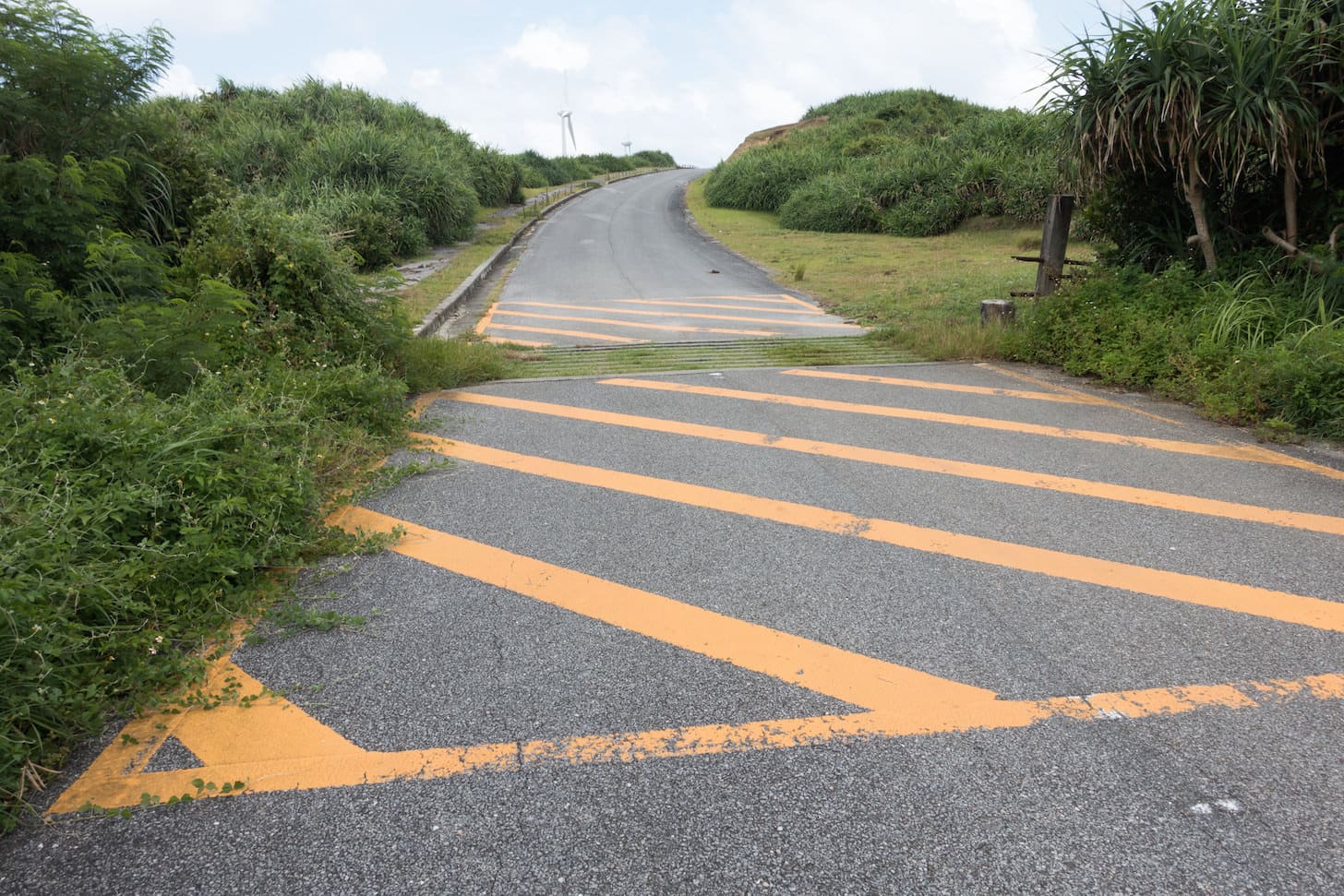
There’s no gate structure—just eight narrow grooves cut perpendicular across the road.
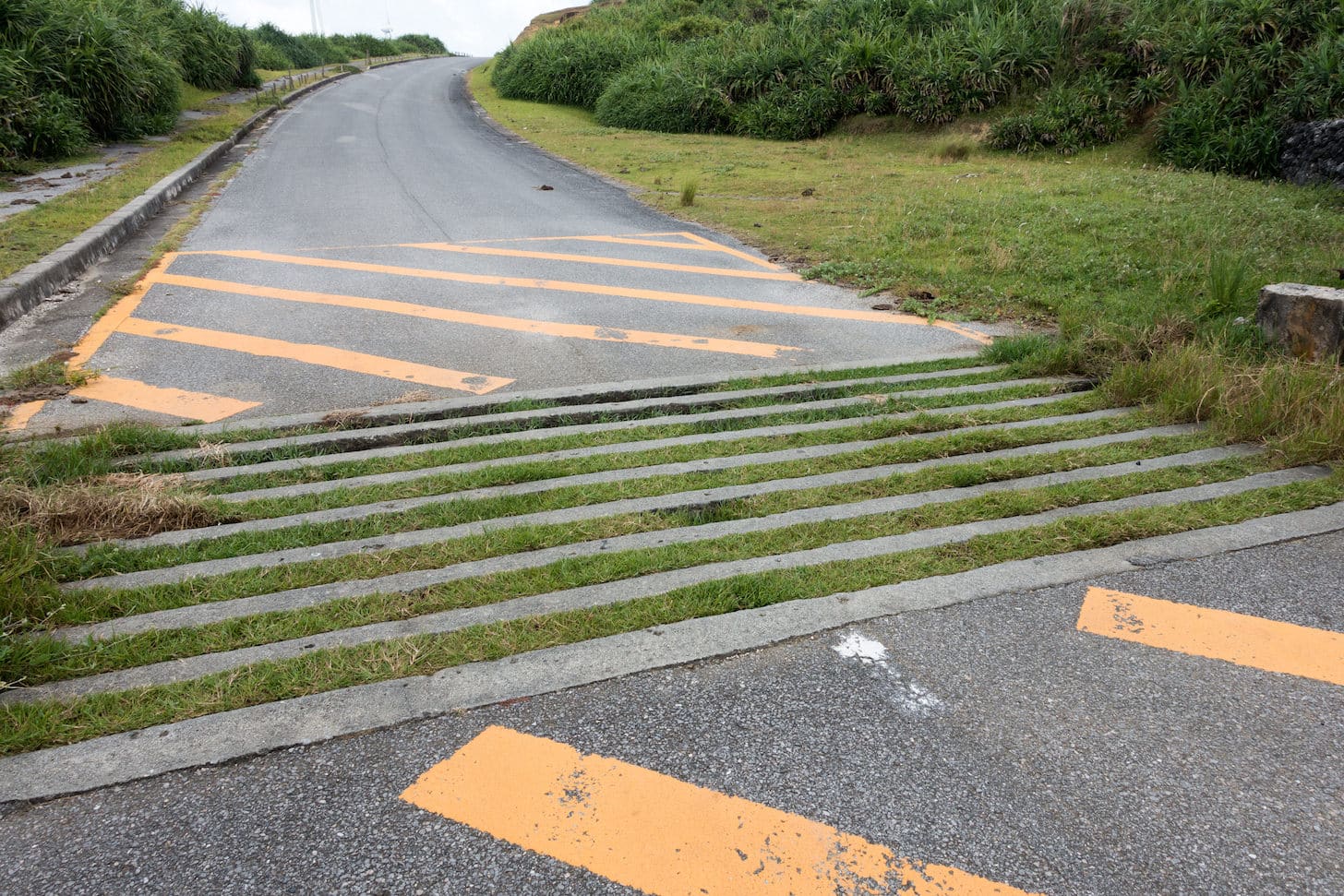
Indeed, you could catch a wheel if you’re careless, but riding a scooter, car, or bicycle straight over it just results in a bumpy ride. On foot, it’s nothing more than a shallow trench you step over carefully.
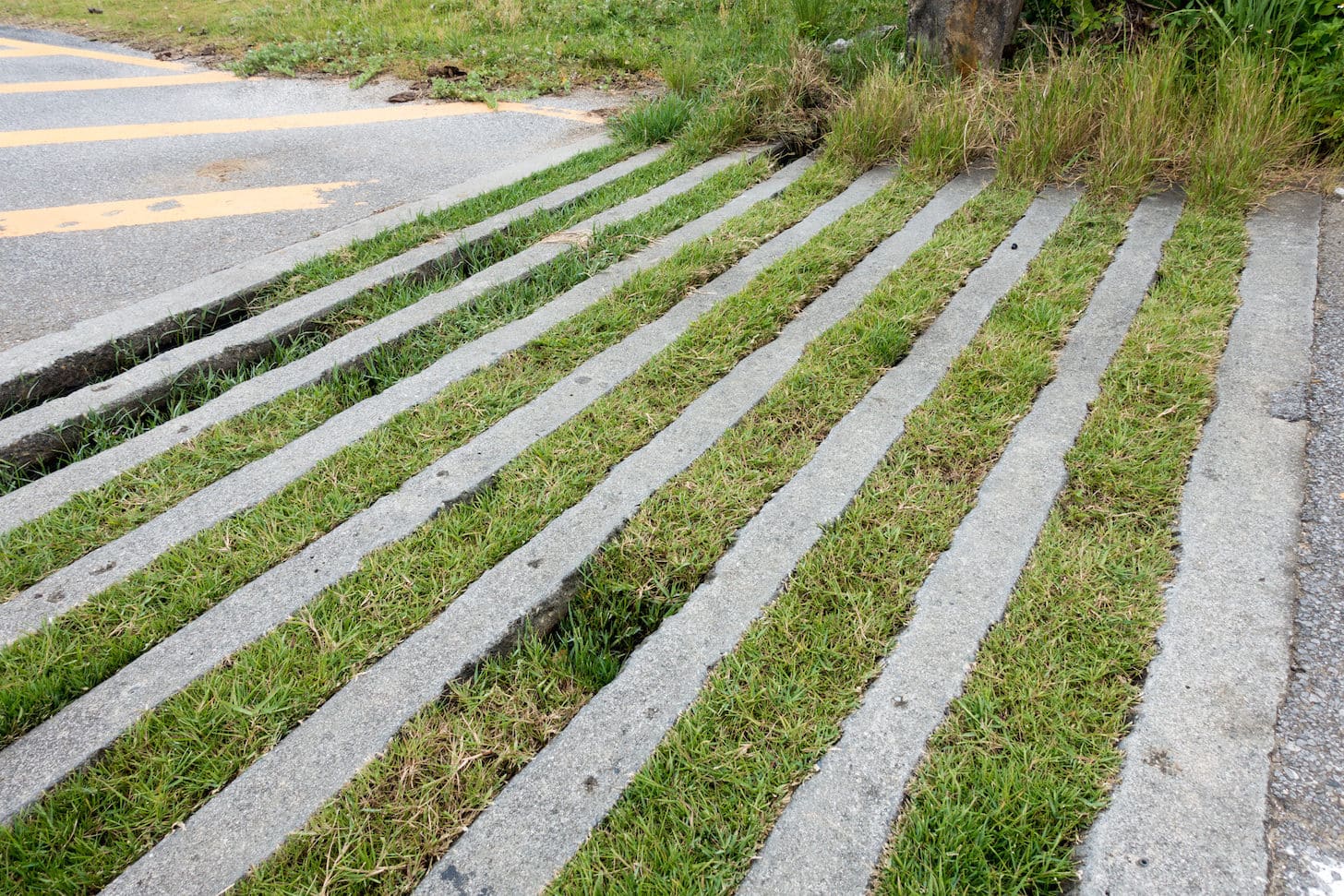
Yet for horses, those grooves must be a challenge to place hooves on or simply unpleasant enough that they avoid crossing.
Installed Around the Yonaguni Horse Habitat
These Texas Gates encircle the areas where Yonaguni horses live, preventing them from wandering into villages or near the airport.
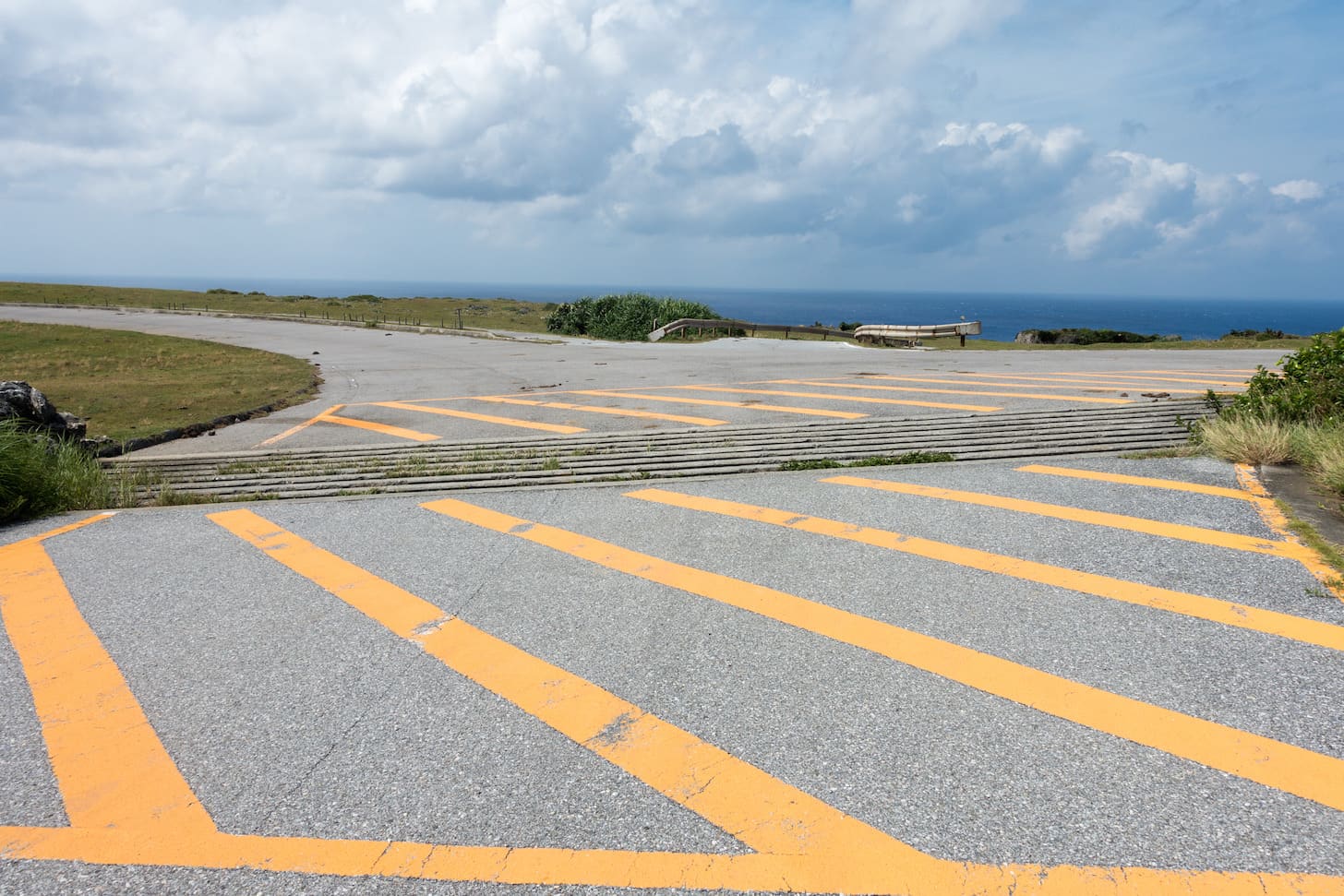
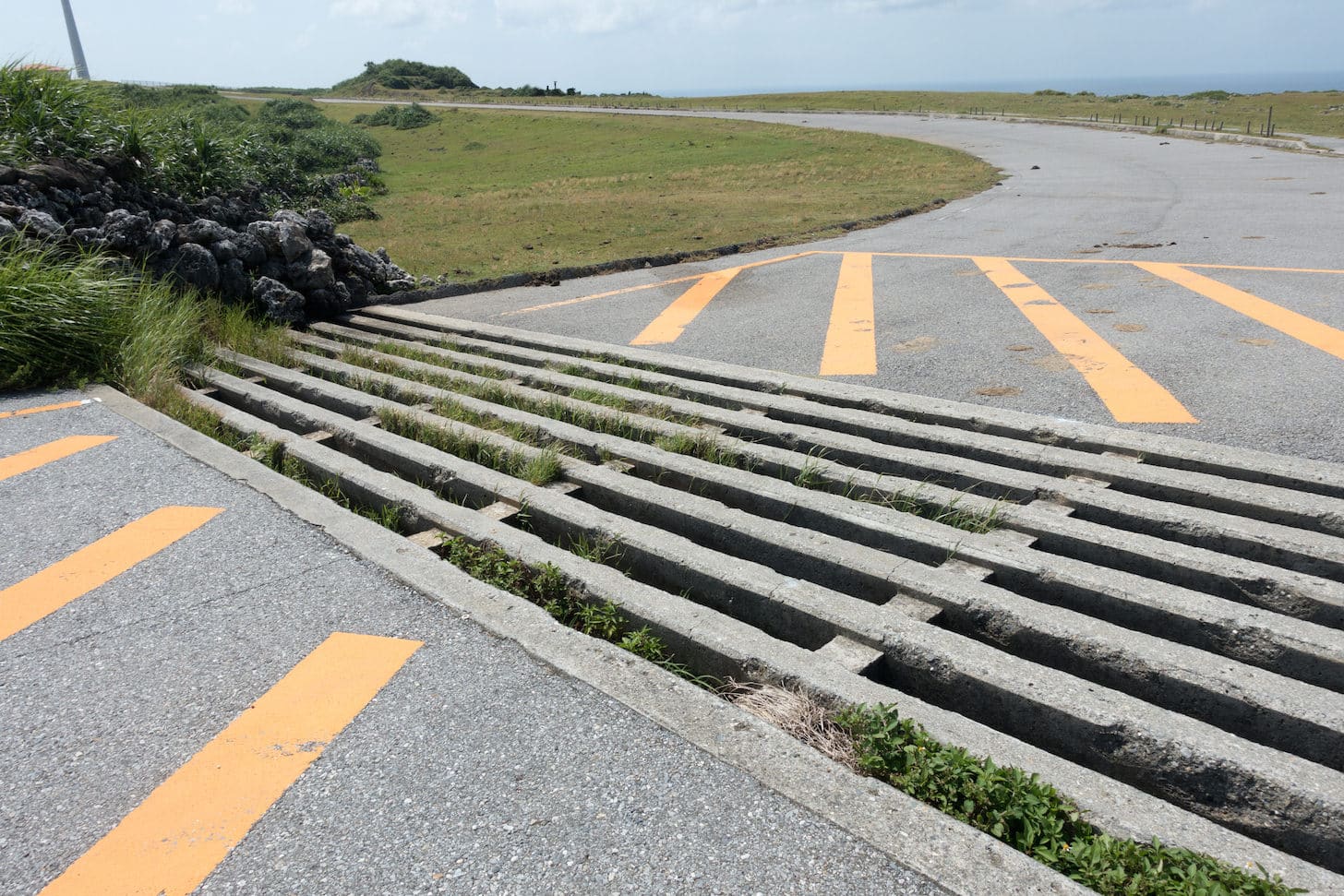
Inside the ranch area, even during roadwork, the Yonaguni horses roam freely—an amusing sight.
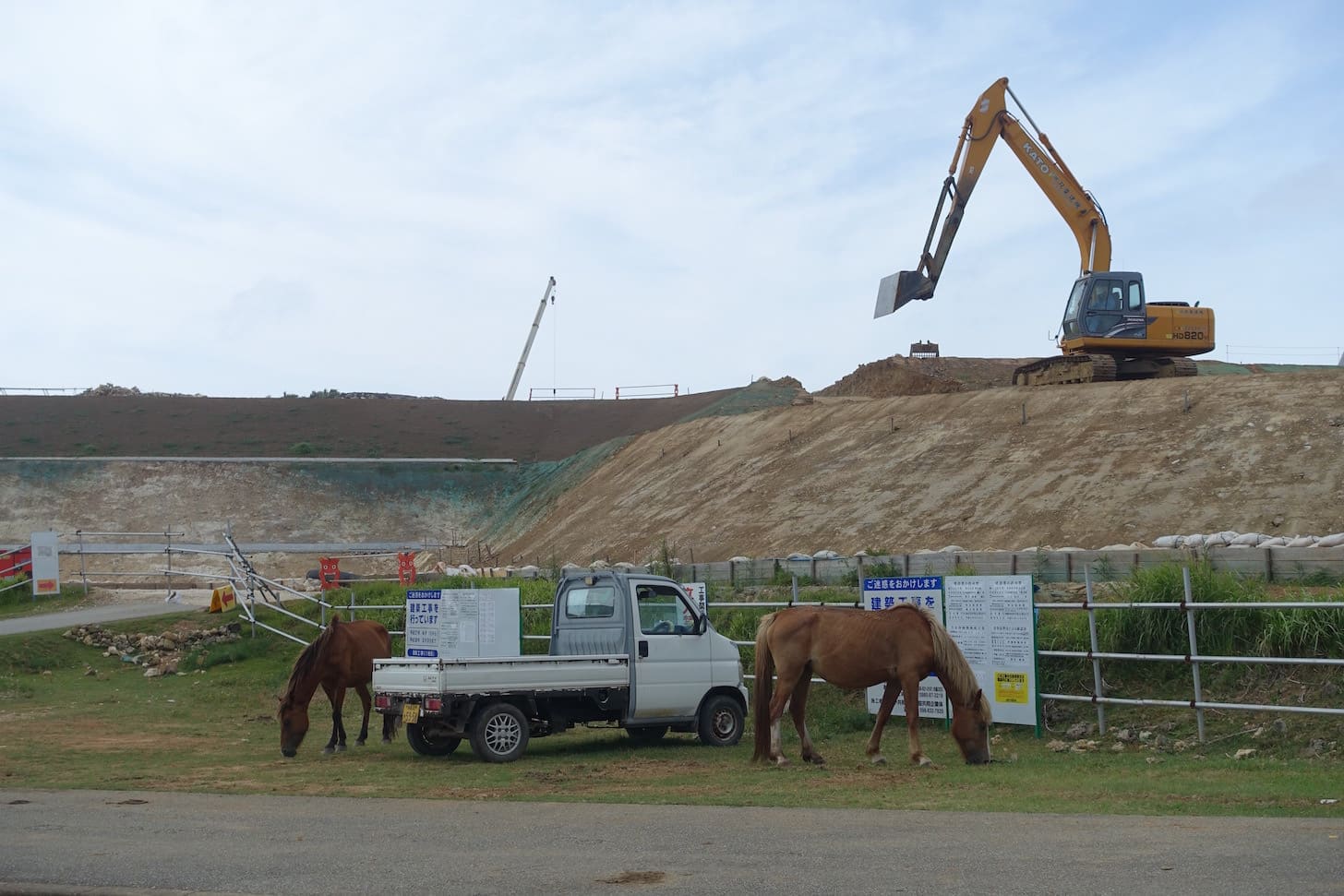
Afterword
The name “Texas Gate” conjured images of a sturdy wooden gate, so I never expected mere road grooves. It’s ingenious that something so simple can effectively deter horses.


Comments